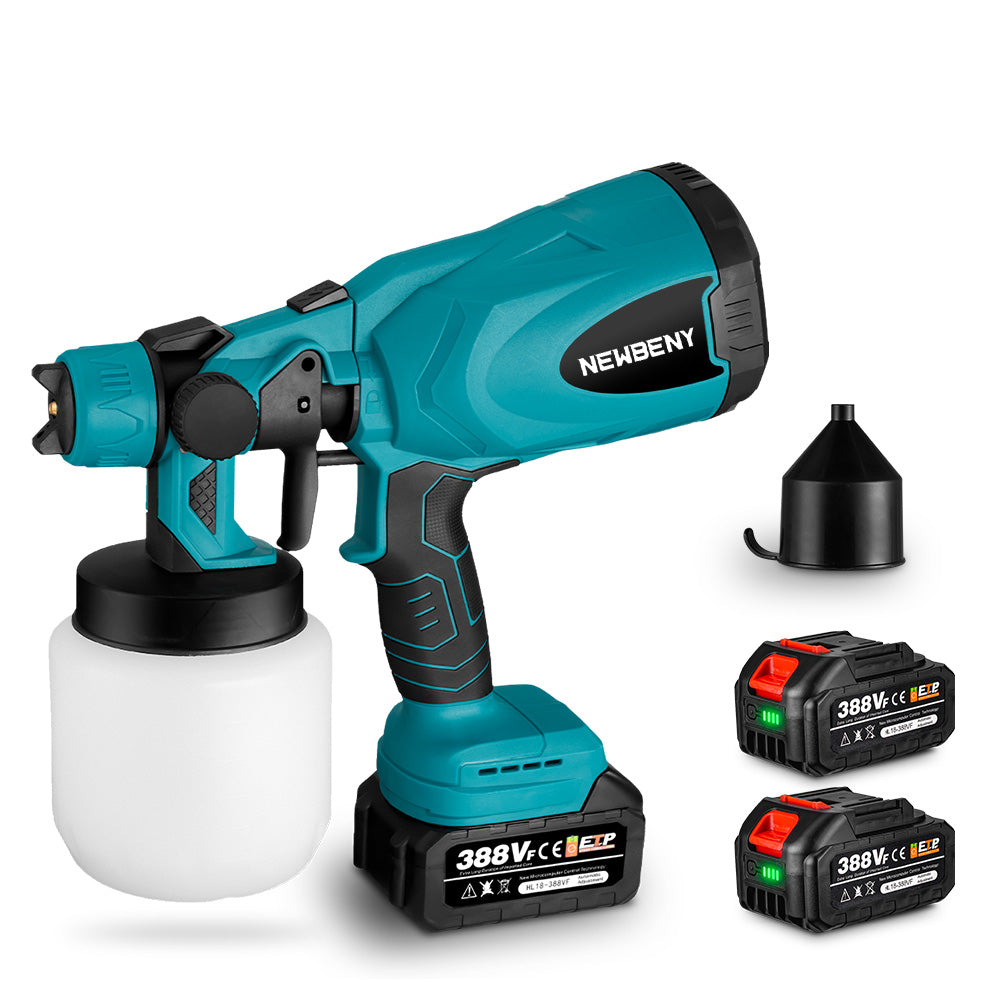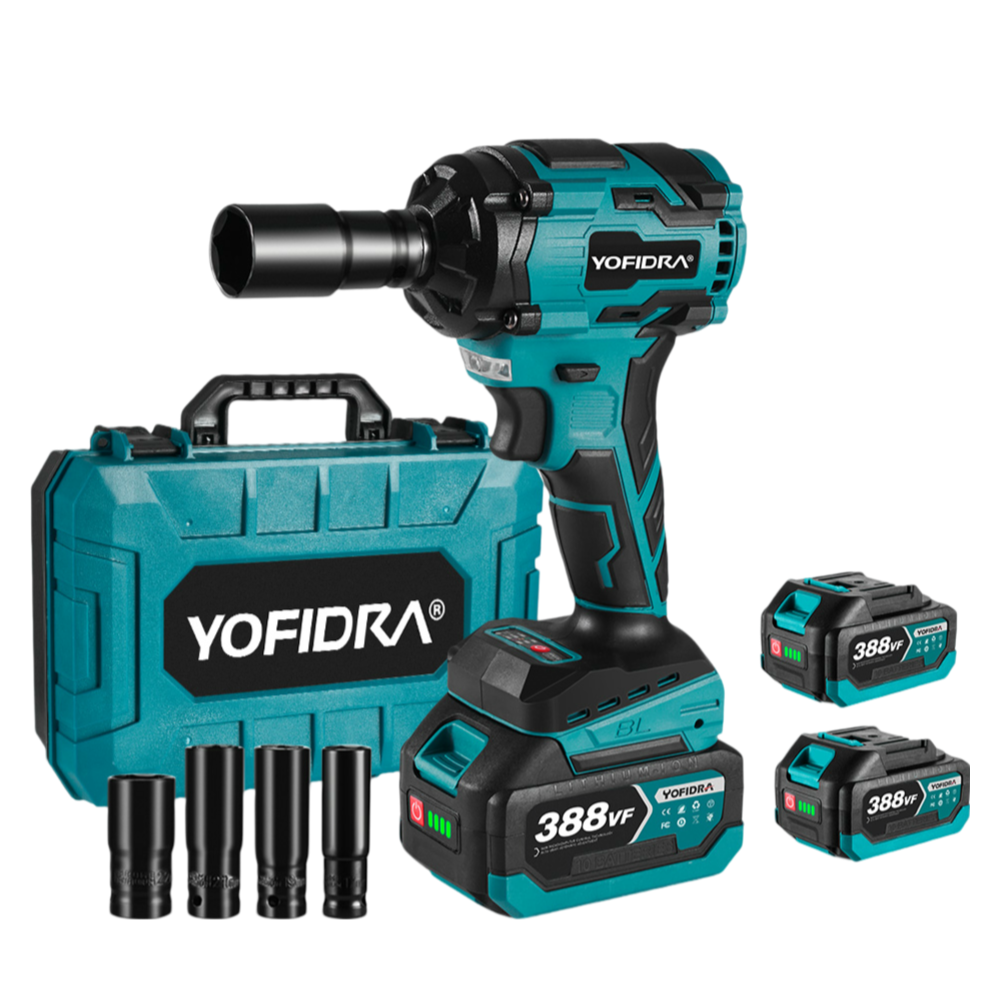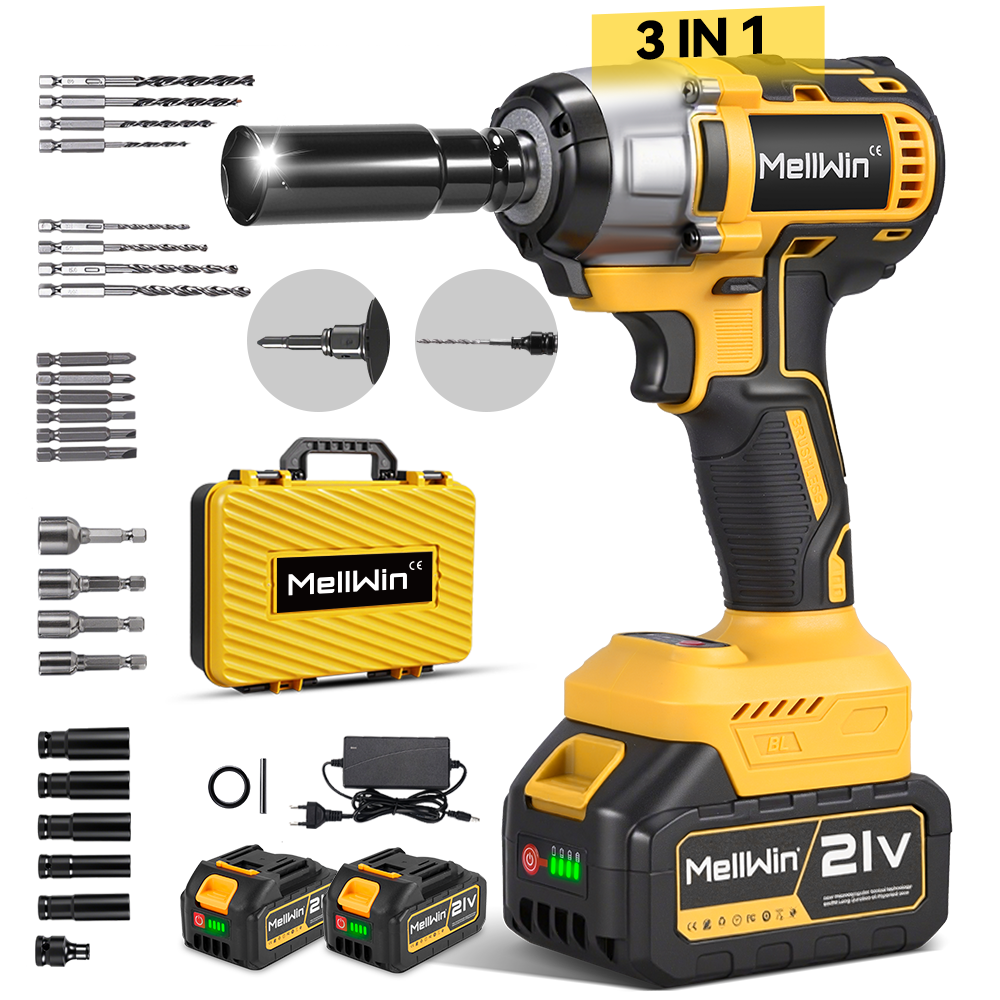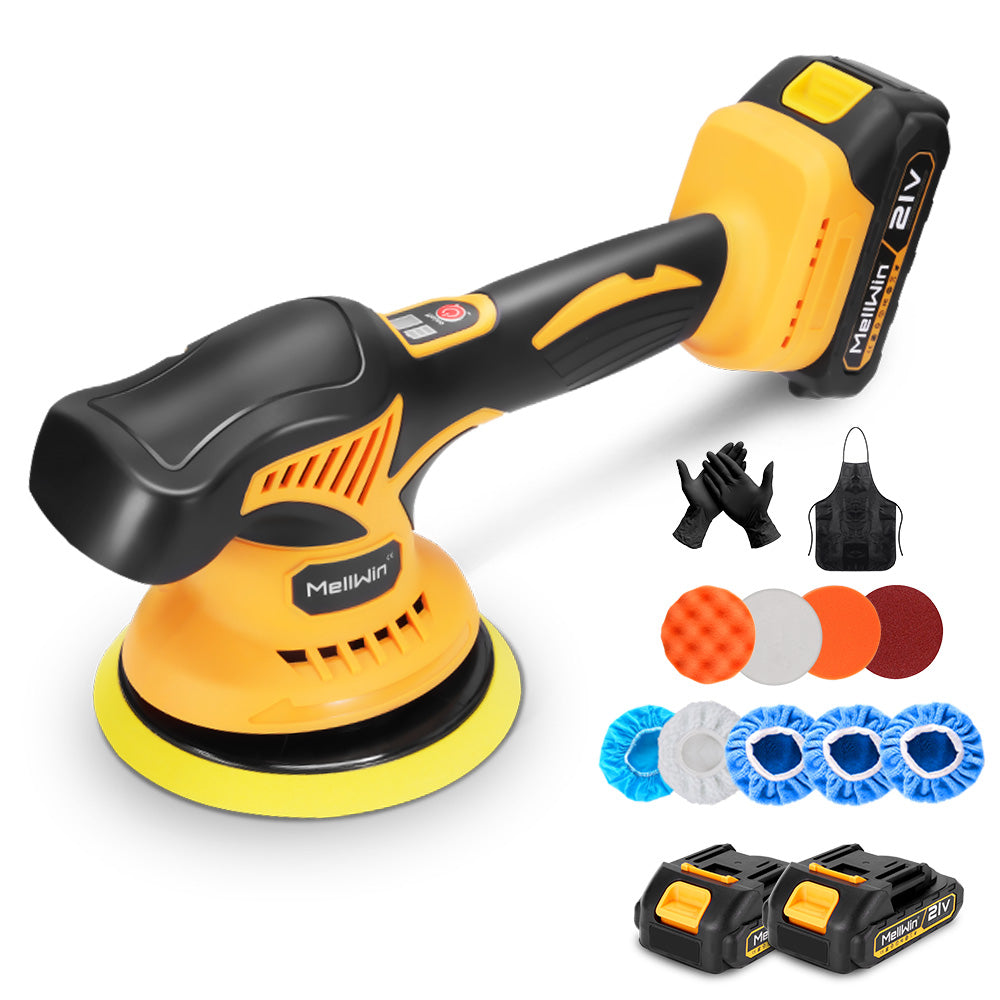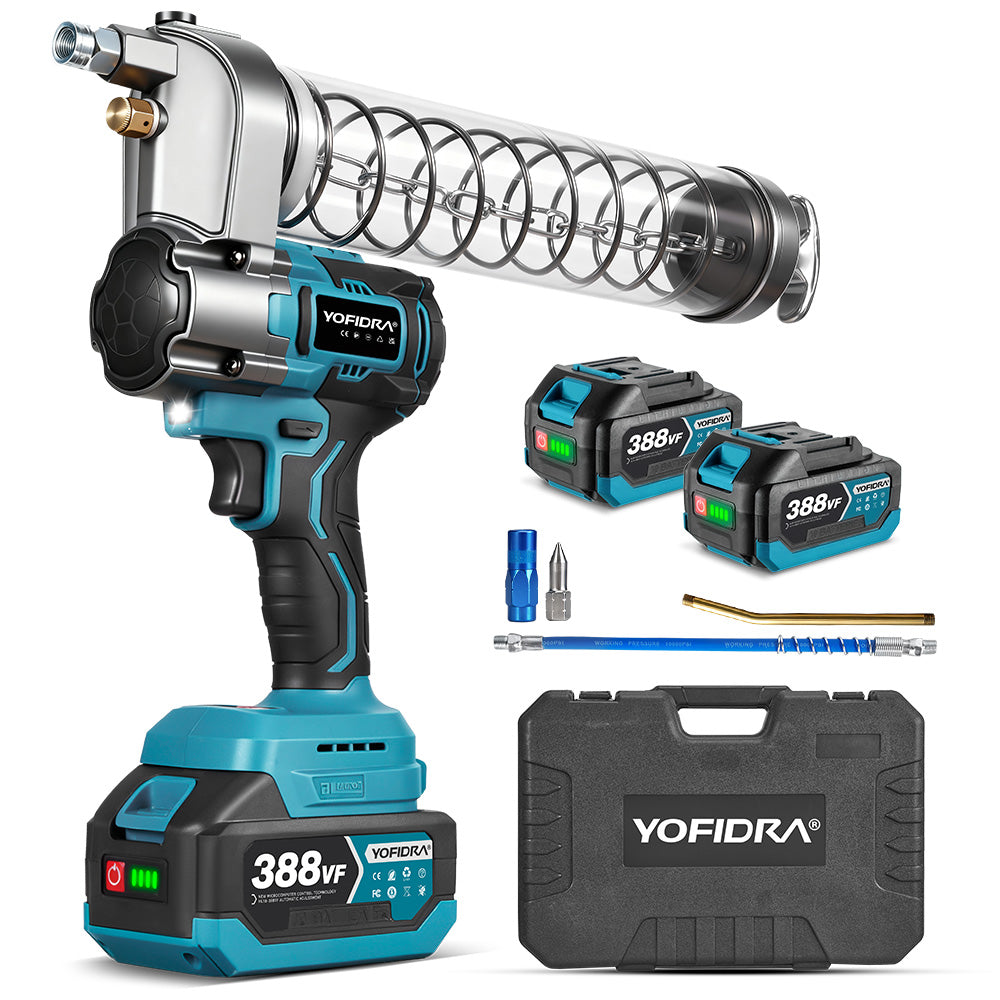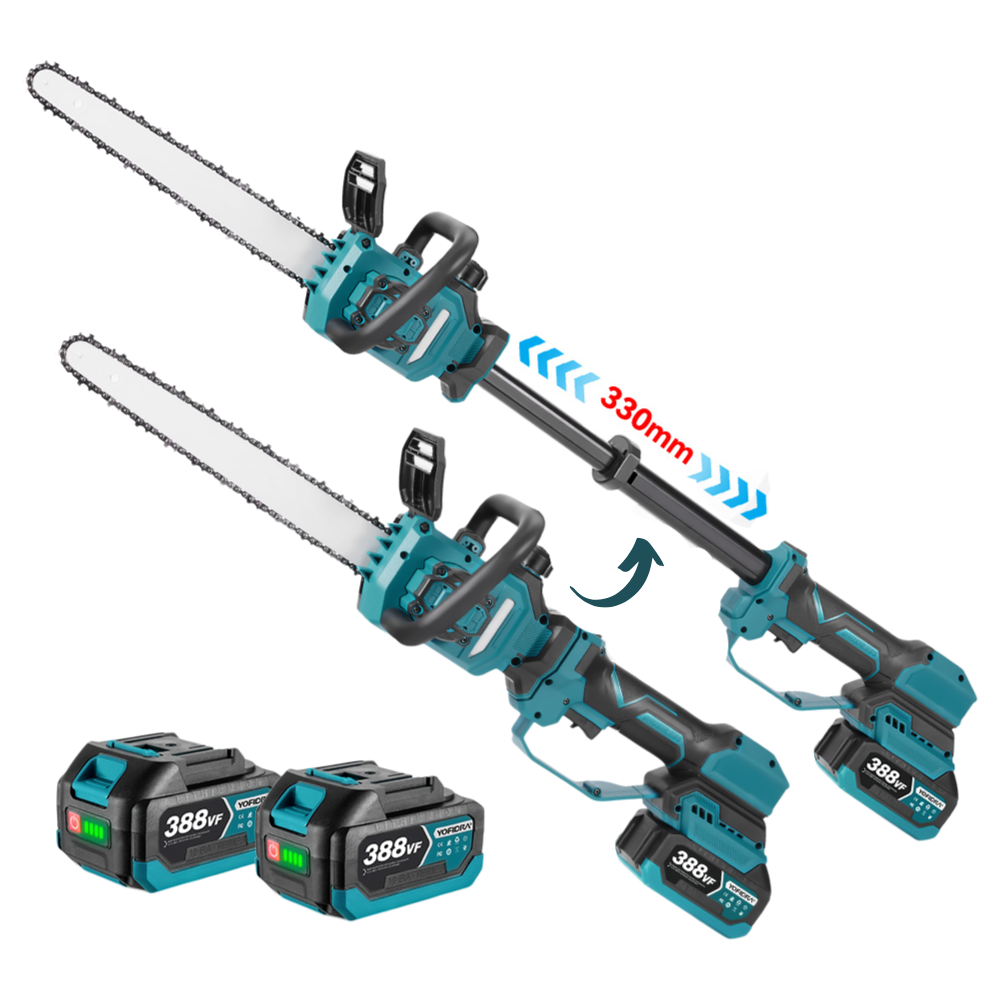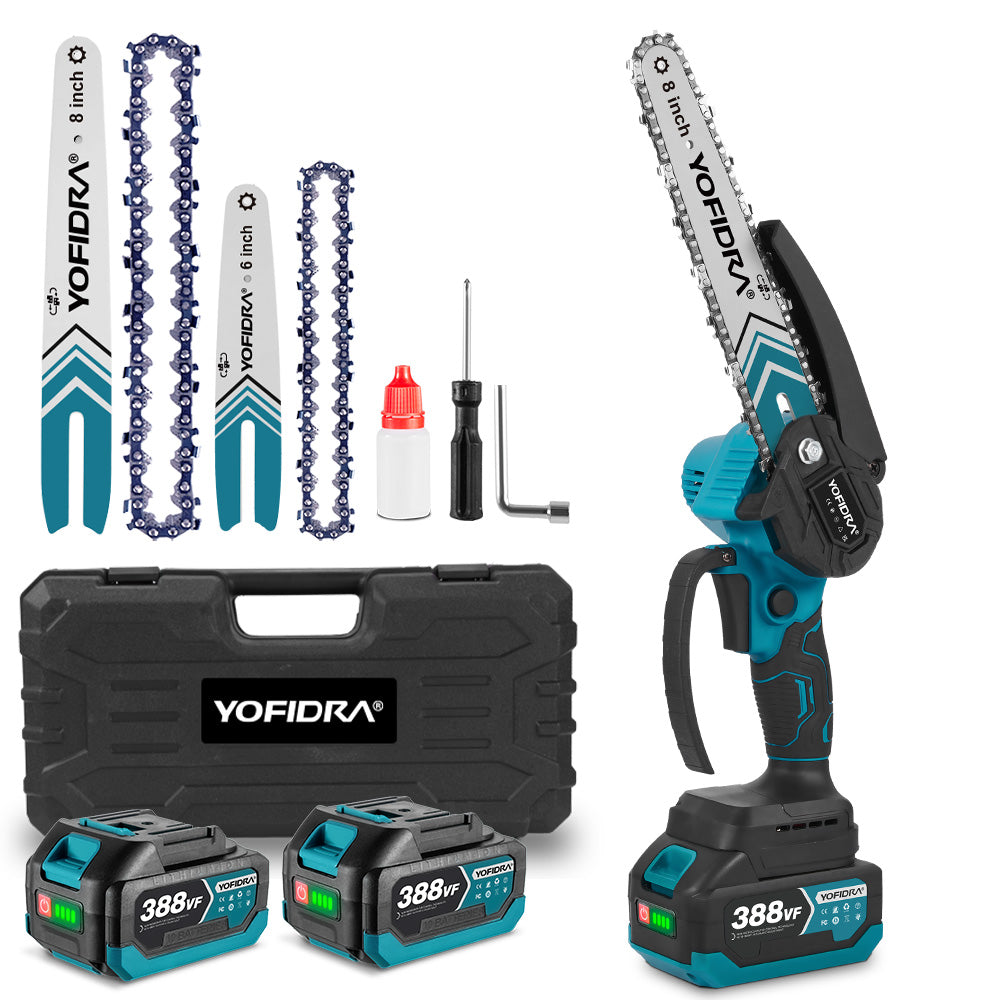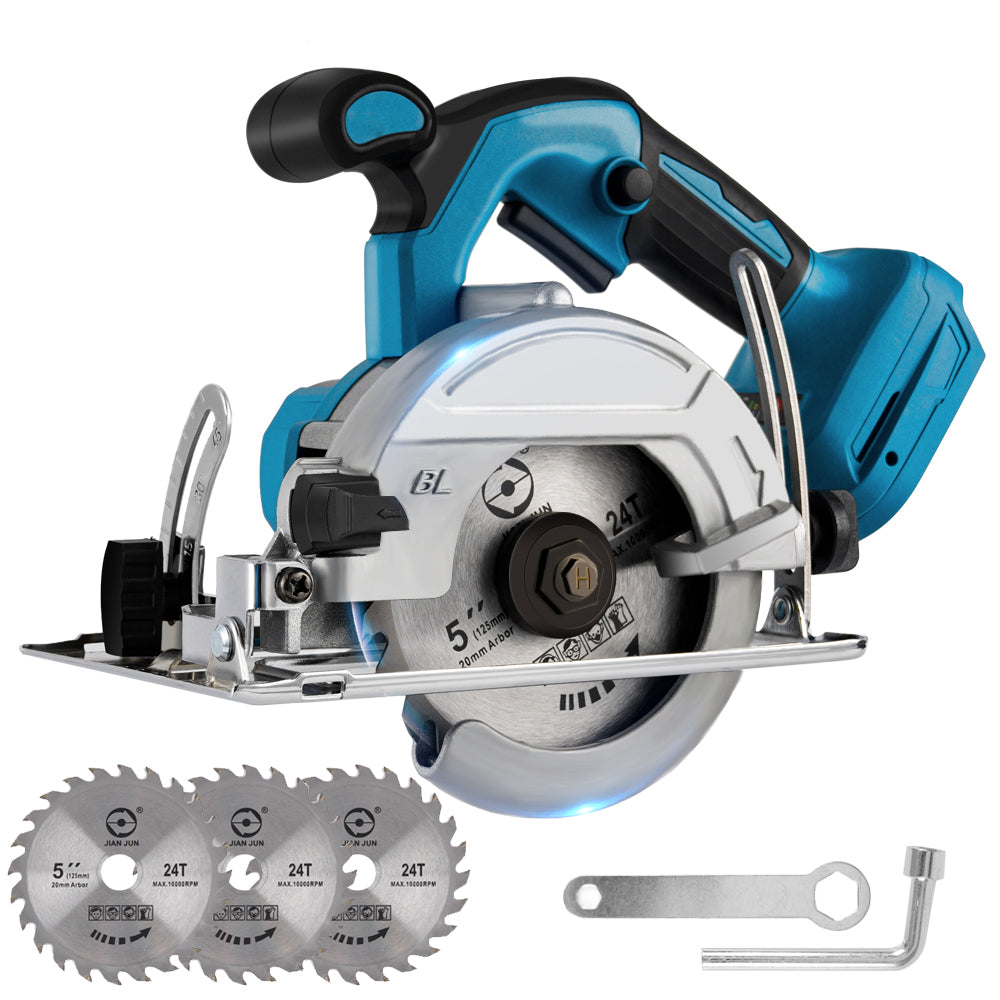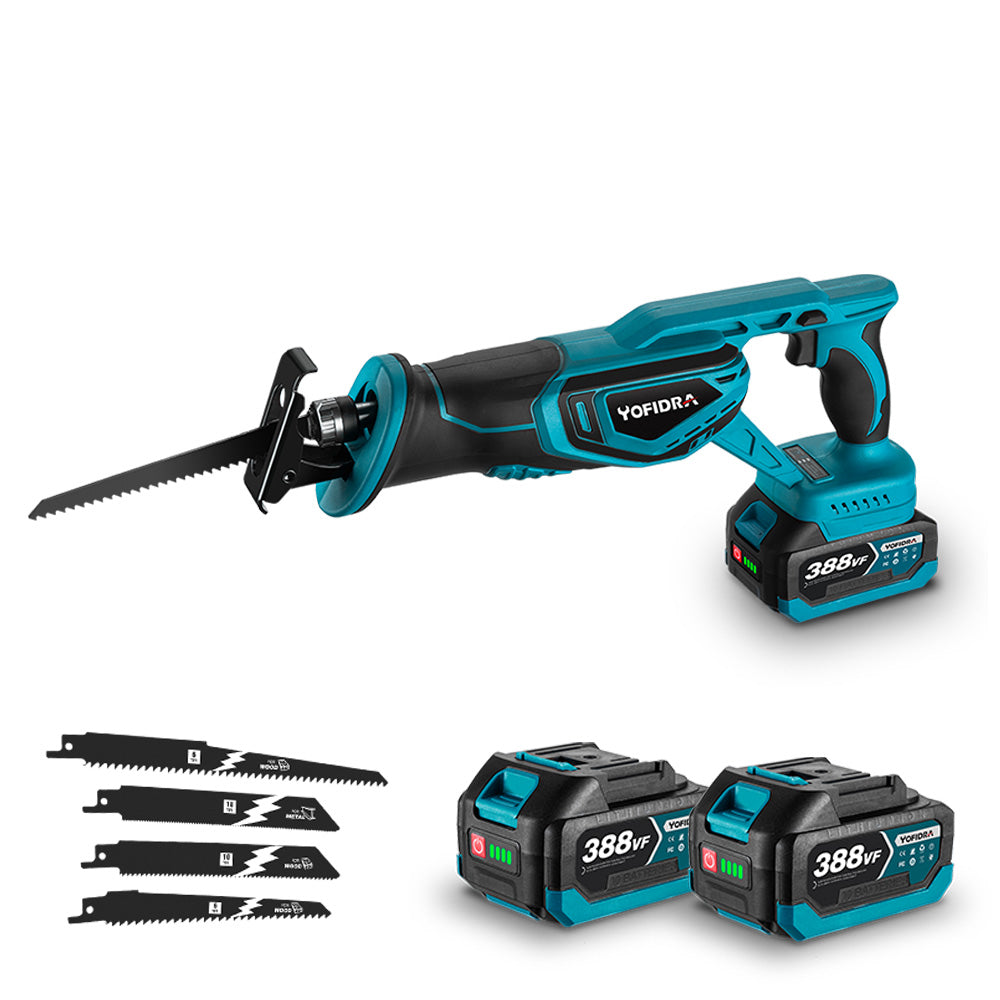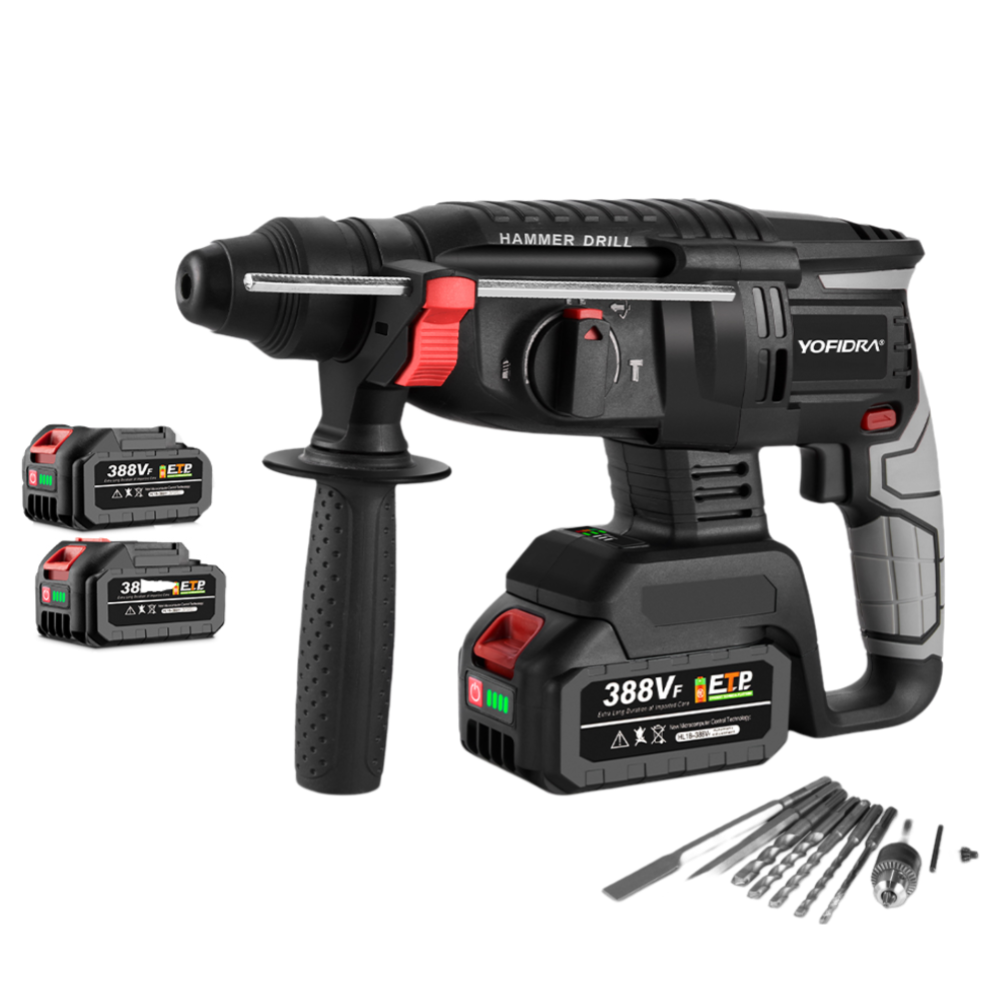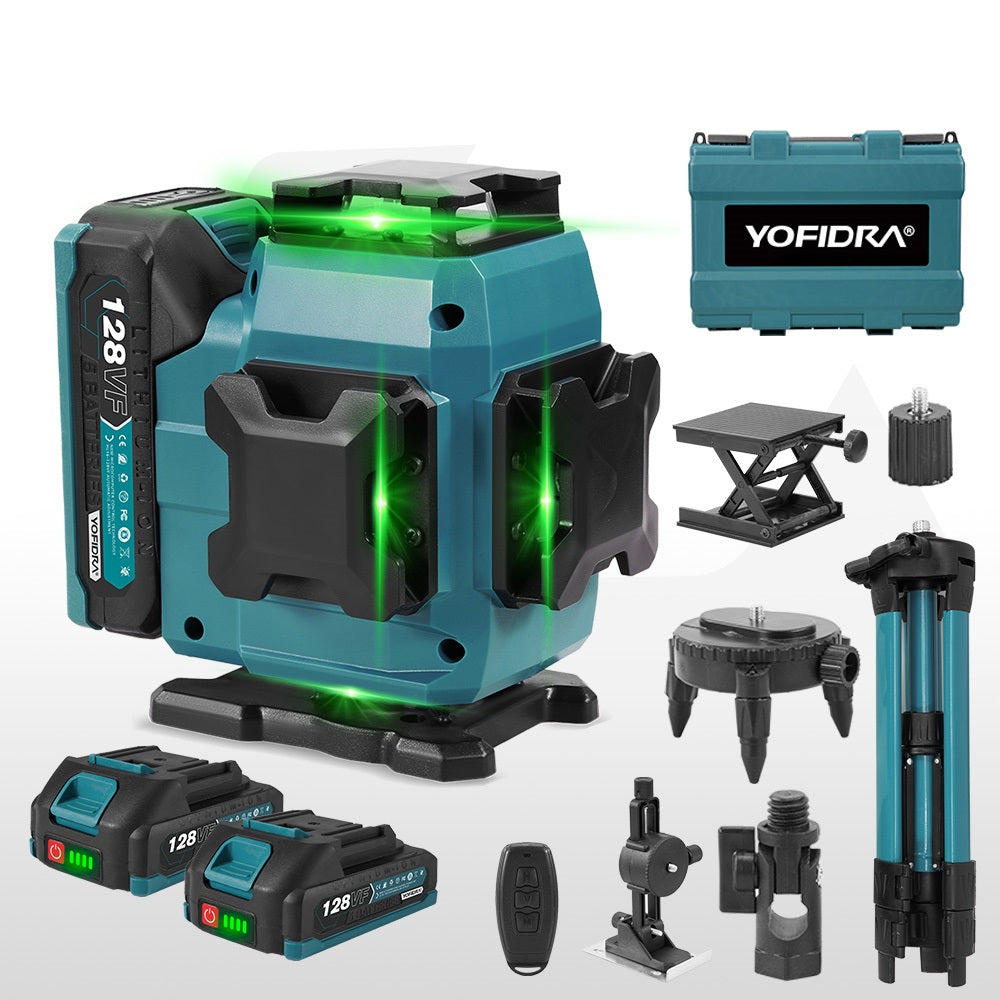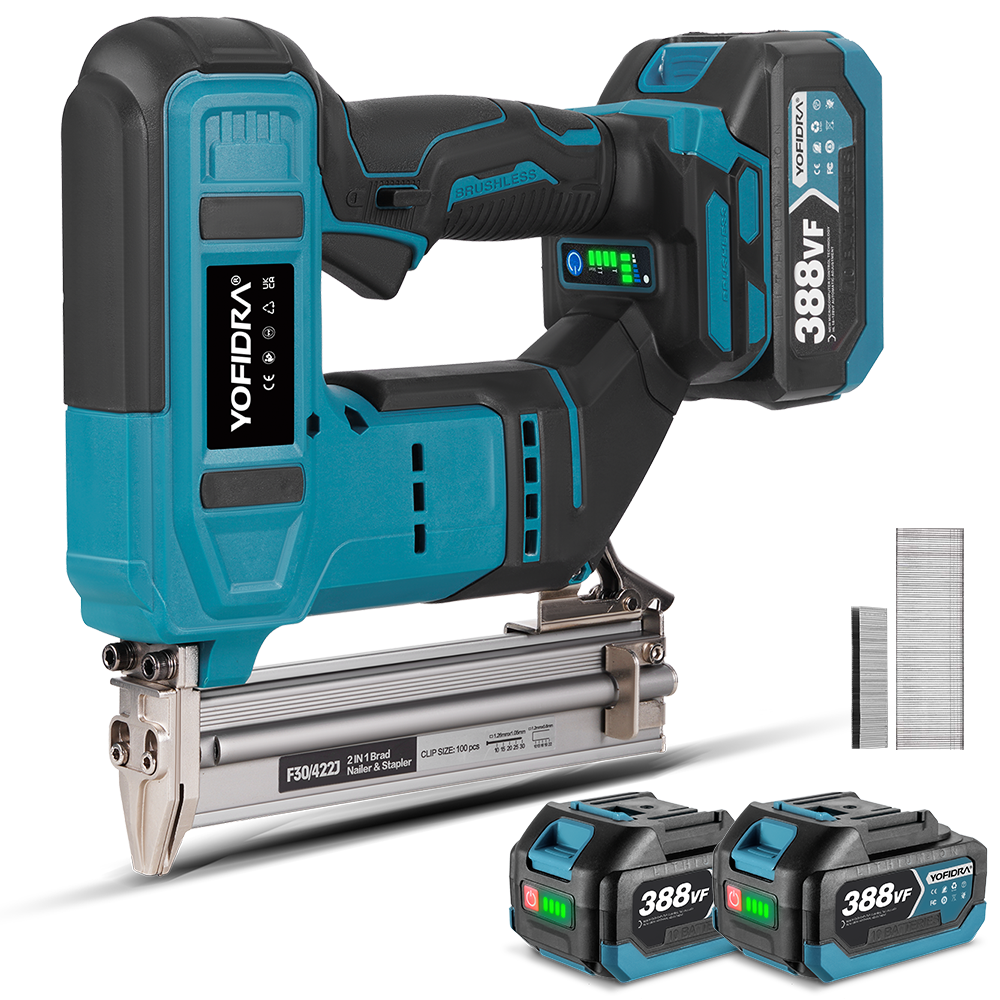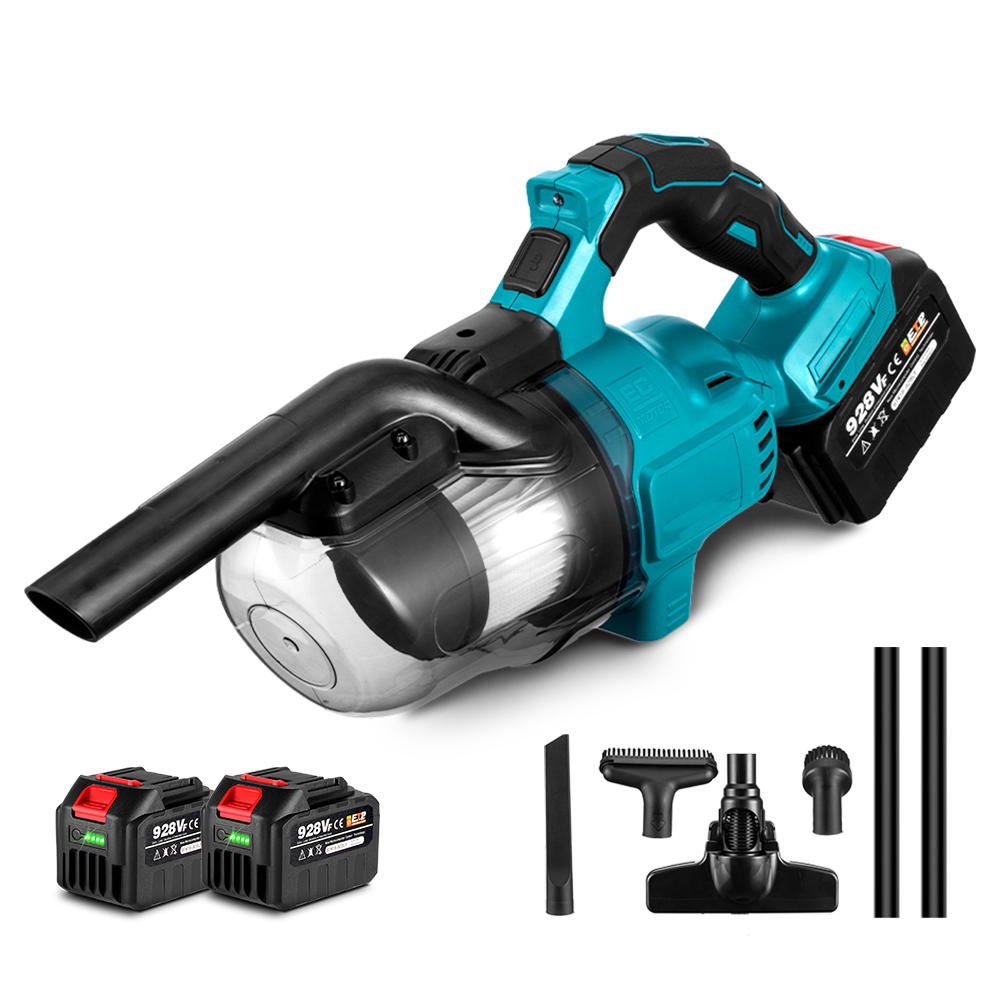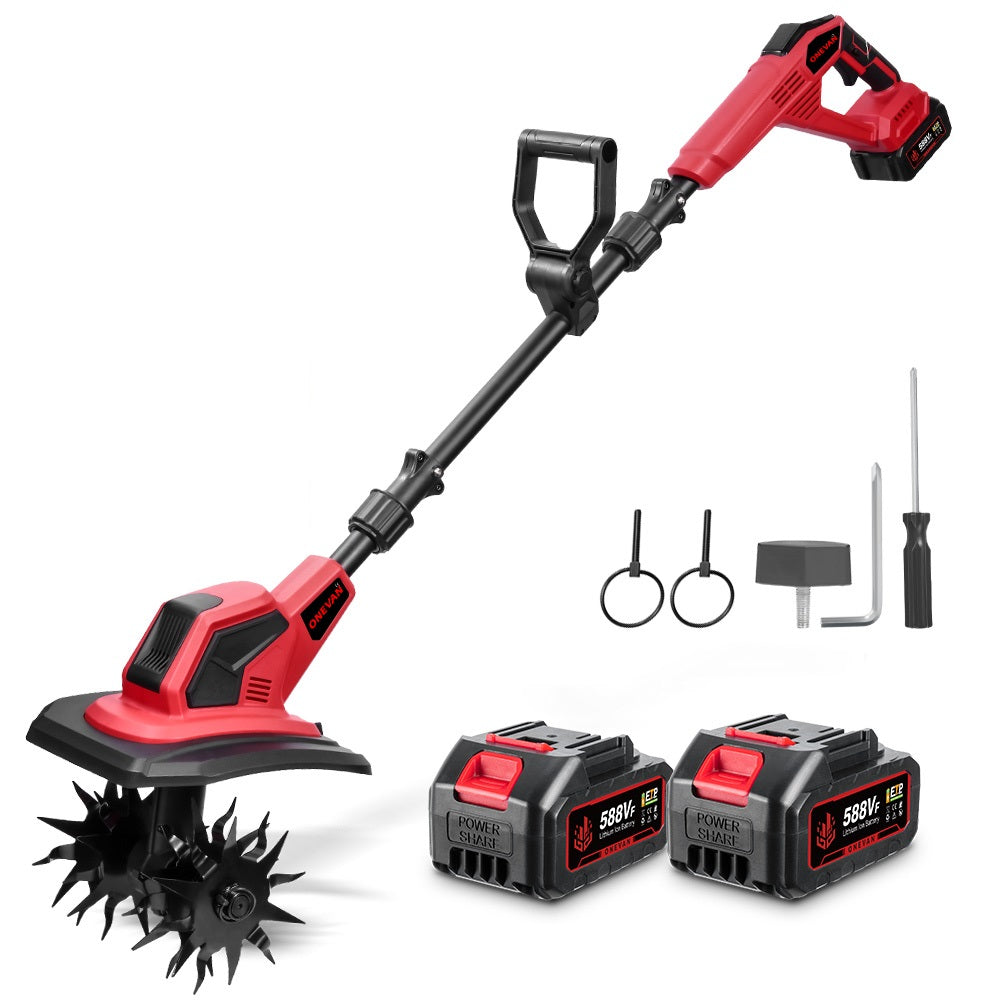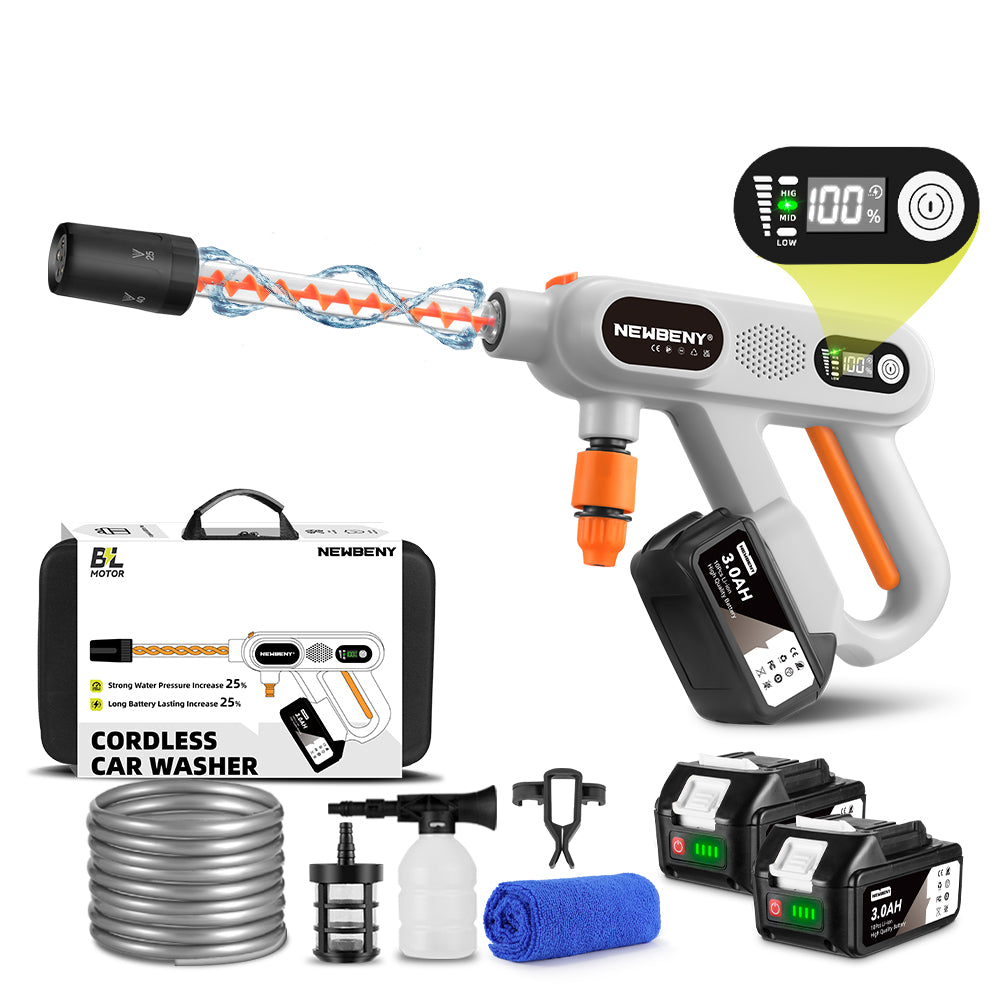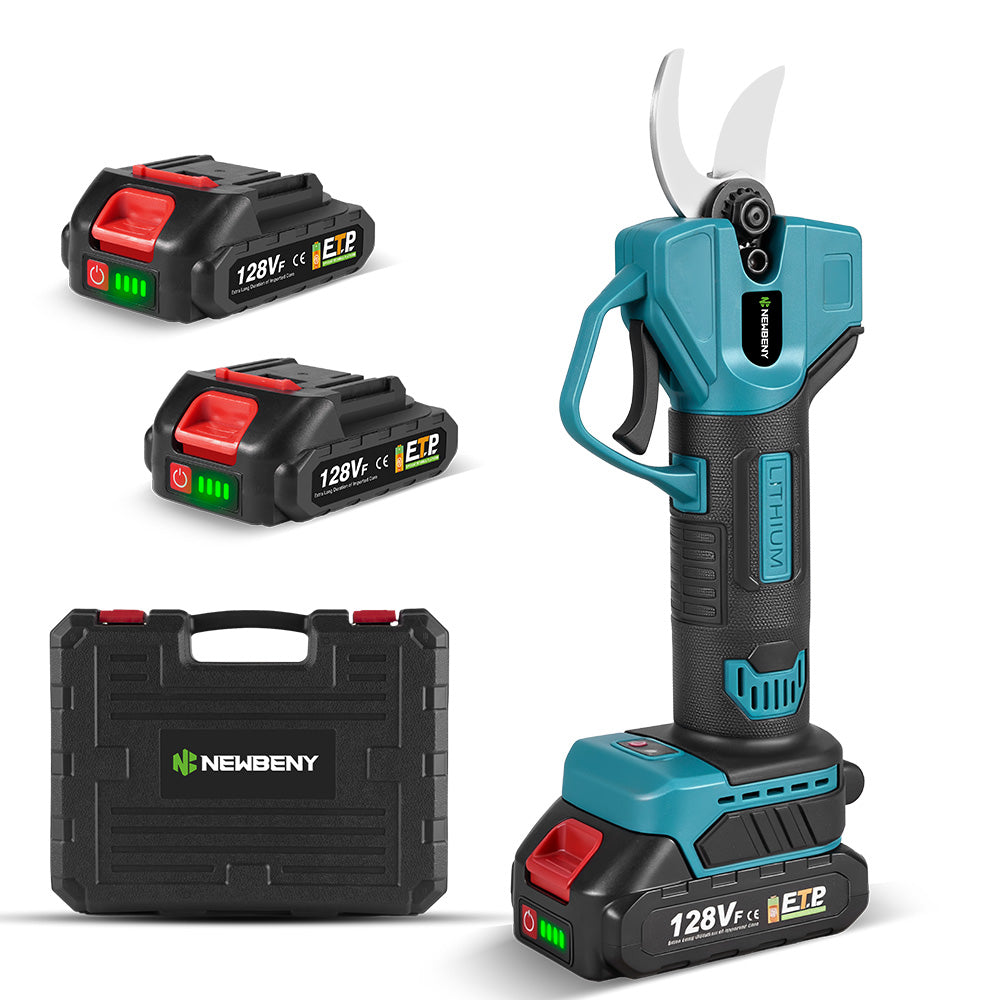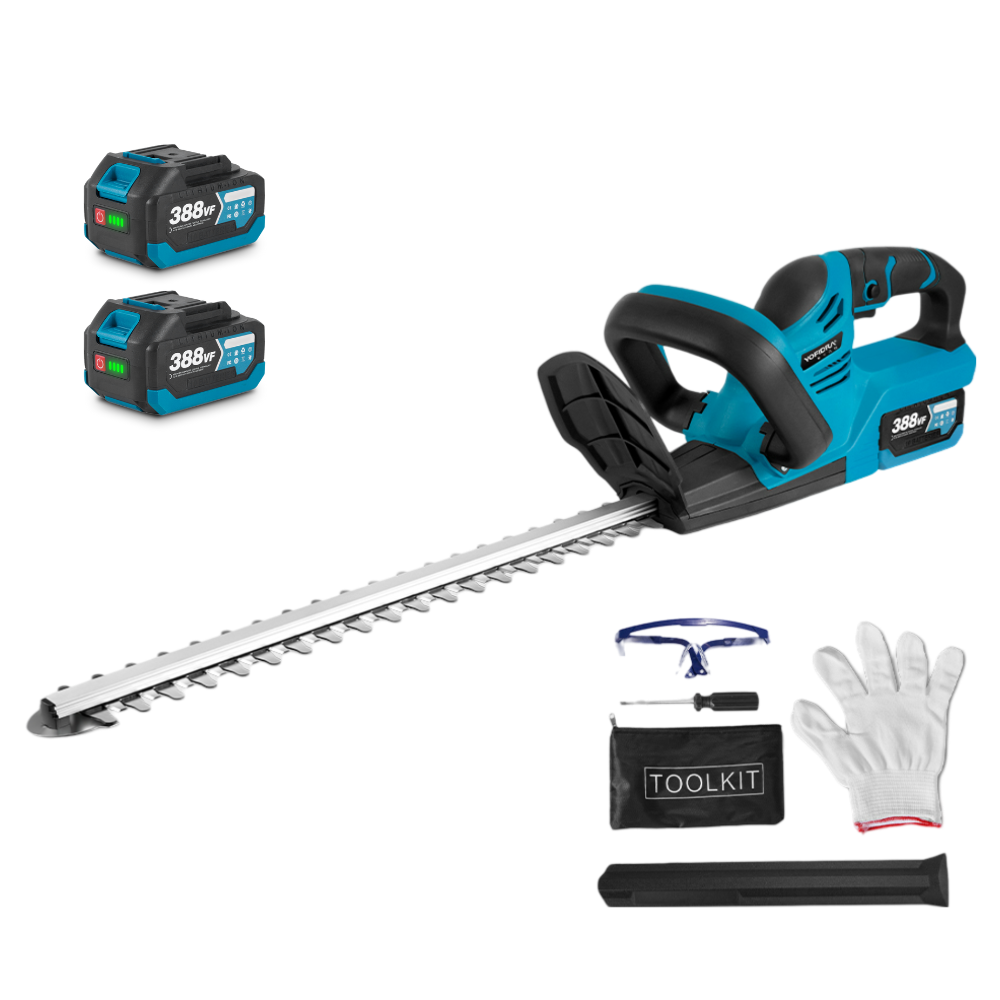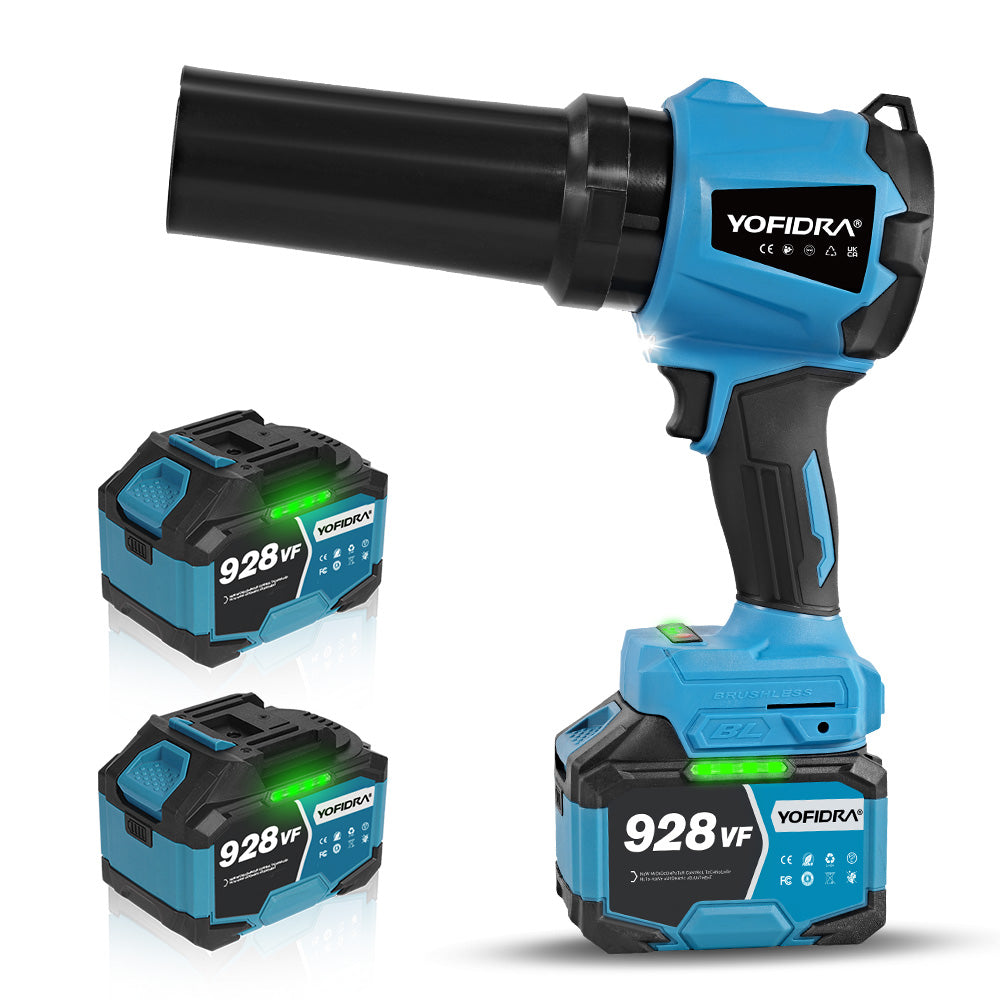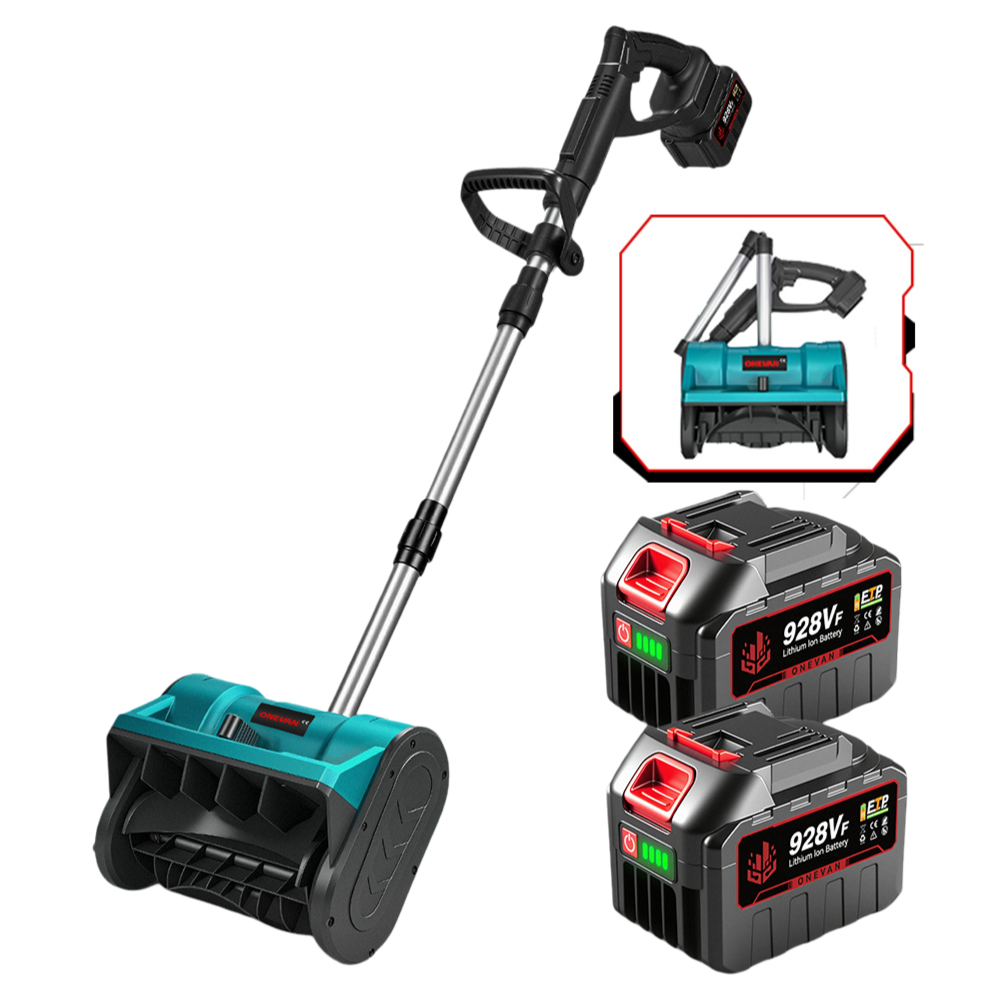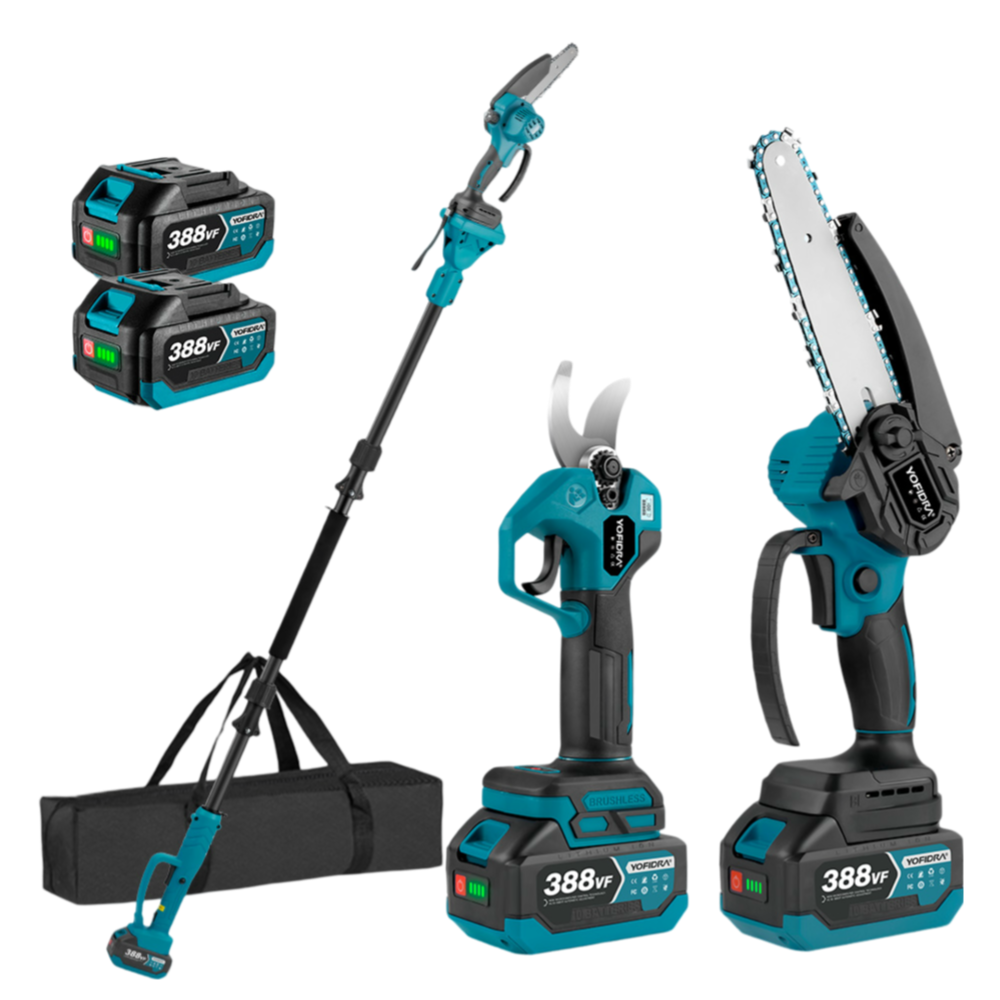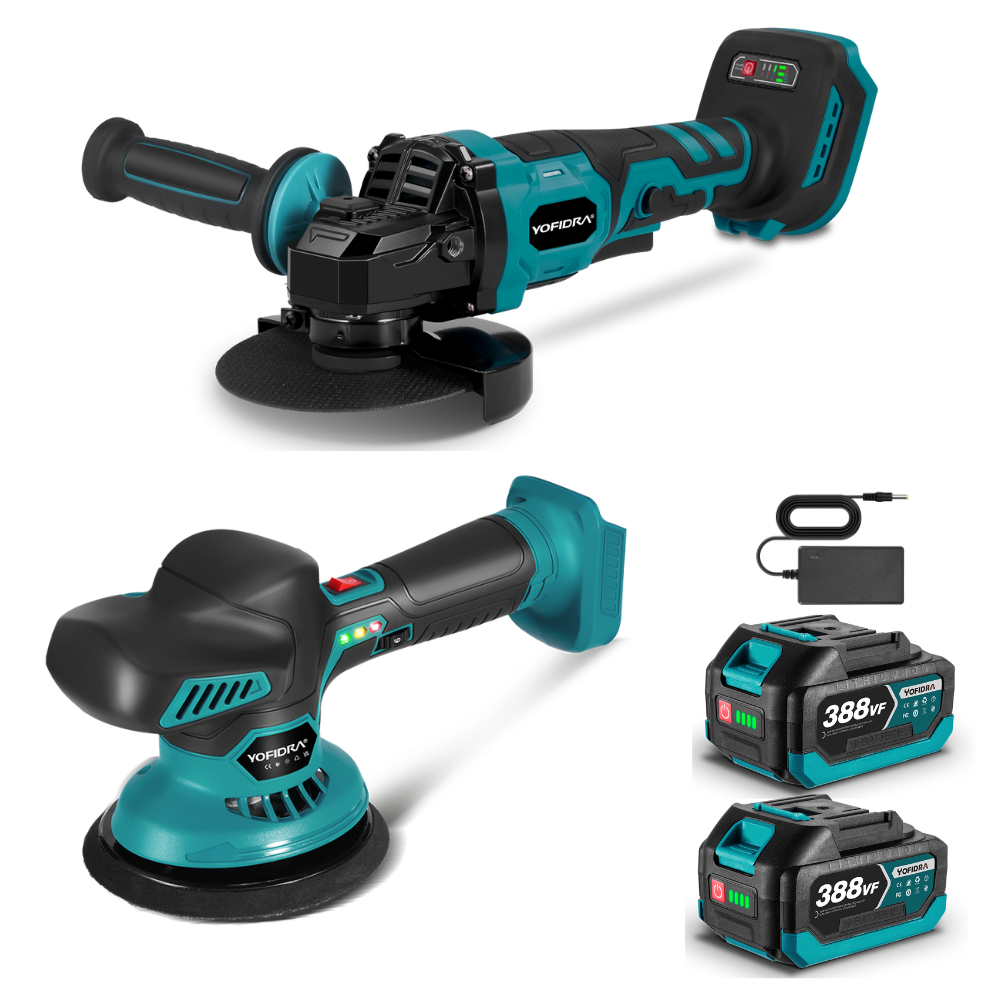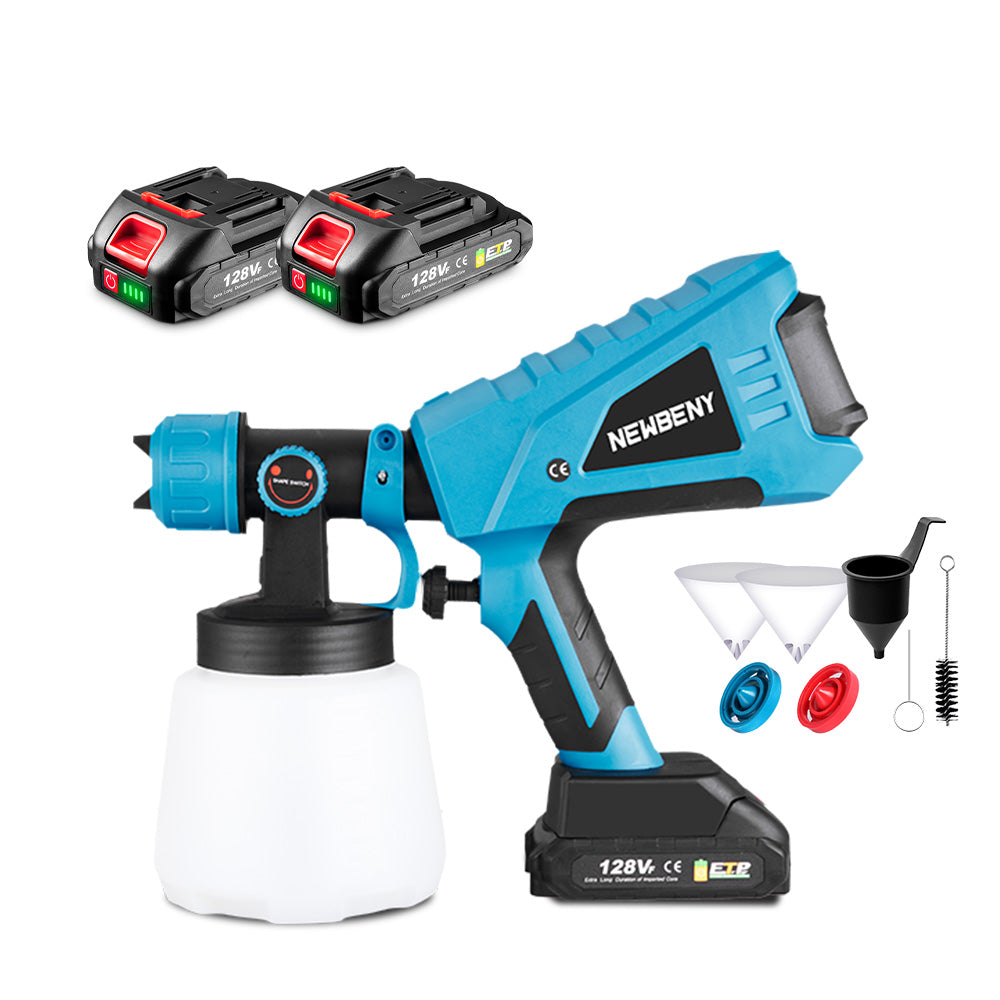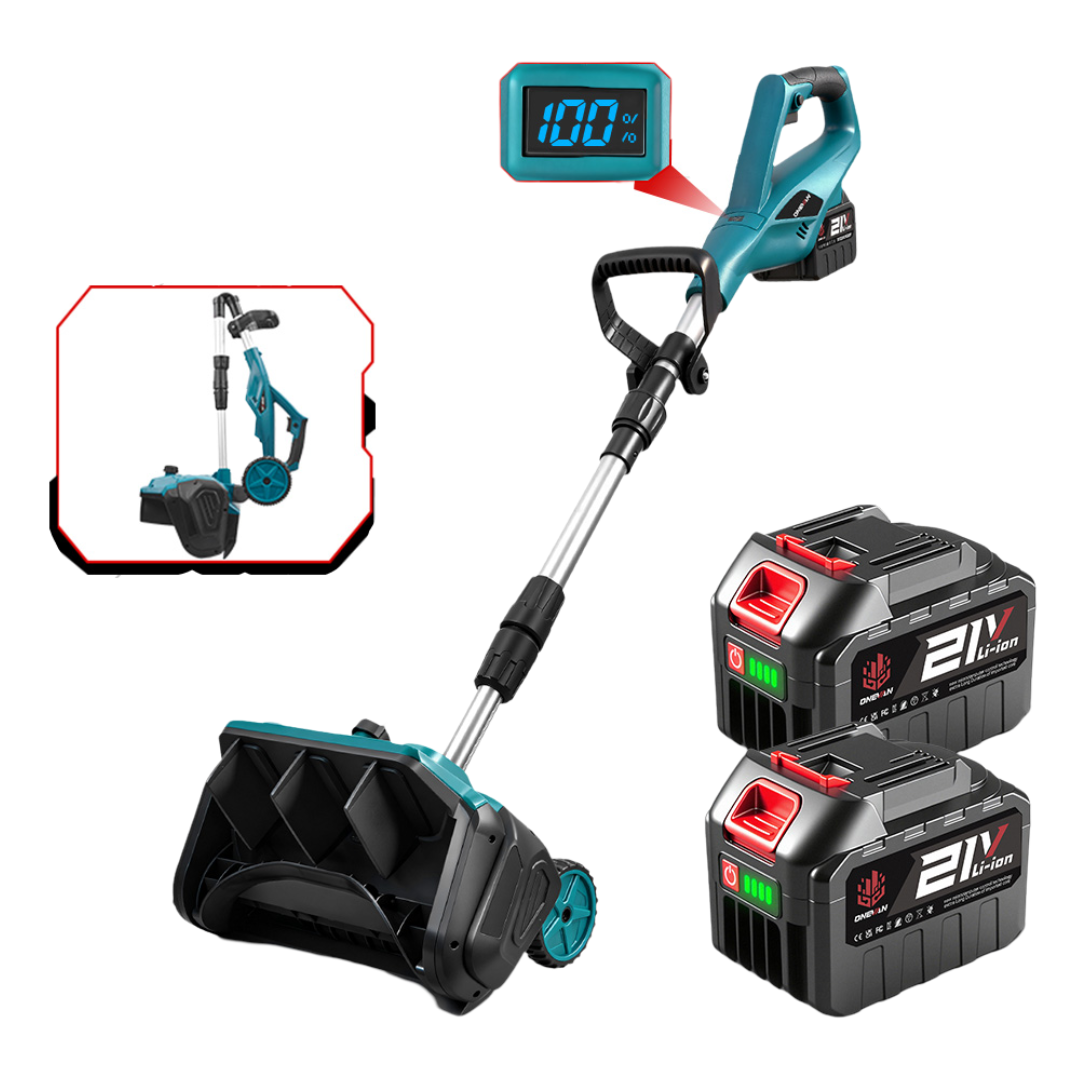Do chainsaws use oil? Chainsaw bar oil keeps your cutting equipment running smoothly. Not all lubricants are suitable for chainsaws. Wrong oil choices destroy chains prematurely. Moreover, inadequate lubrication causes expensive repairs. Furthermore, poor oil selection leads to overheating and dangerous equipment failure.
Many chainsaw operators make critical mistakes with their bar oil selection, often opting for whatever oil is readily available.Subsequently, they wonder why chains stretch quickly. Moreover, they face premature bar wear. As a result, cutting performance deteriorates rapidly.
The difference in performance may become evident over time with proper oil selection. Chains stay sharp longer. Consequently, bars maintain proper wear patterns. Therefore, cutting efficiency remains consistent. Hence, equipment longevity increases significantly. That's what proper chainsaw bar oil accomplishes.
1. What is Chainsaw Bar Oil?
The Definition and Purpose of Chainsaw Bar Oil
High-quality chainsaw bar oil provides specialized lubrication for high-speed chain operation. Many standard motor oils are not designed for chainsaw conditions and may fail to provide adequate lubrication. Chain speeds exceed automotive engine requirements. Moreover, centrifugal forces throw conventional oils away from cutting surfaces. Therefore, many chainsaw bar oils contain specific additives designed to maintain lubrication where needed.
The primary function involves reducing friction between the chain and bar surfaces. Metal-on-metal contact destroys cutting equipment rapidly. Furthermore, proper lubrication dissipates heat generated during cutting operations. Hence, bar oil prevents seizures that would stop cutting operations entirely.
Common Components of Chainsaw Bar Oil
Chainsaw bar oil formulations combine multiple specialized components. Each additive in quality formulations serves specific functions under extreme operating conditions, though not all bar oils contain the same components.
1. Viscosity-Enhancing Additives
Purpose: Maintain oil thickness under varying temperatures
Function: Prevent oil thinning in hot conditions while ensuring flow in cold weather. Moreover, these additives help oil cling to fast-moving chains.
2. Lubricating Base Oil
Purpose: Provide primary lubrication between metal surfaces
Function: Reduce friction and wear on chain links and bar rails. Furthermore, base oils carry other additives to lubrication points.
3. Tackifiers
Purpose: Increase oil adhesion to metal surfaces
Function: Prevent oil from flying off spinning chains. Additionally, tackifiers help oil penetrate tight spaces between chain components.
4. Anti-Wear and Anti-Corrosion Agents
Purpose: Ex:tend equipment life and prevent rust formation
Function: Create protective films on metal surfaces. Moreover, these agents neutralize acids that form during oil breakdown.
5. Detergents and Dispersants
Purpose: Keep oil passages clean and prevent deposit formation
Function: Suspend contaminants and prevent sludge buildup in oiling systems. Hence, oil flow remains consistent throughout the operation.
6. Stabilizers
Purpose: Prevent oil degradation during storage and use
Function: Maintain oil properties over extended periods. Furthermore, stabilizers prevent oxidation that would thicken oil excessively.
2. What Weight is Chainsaw Bar Oil
The Concept of Chainsaw Bar Oil Weight
Oil weight refers to viscosity measurements that indicate the oil's flow characteristics and its performance under different temperatures. Thicker oils have higher weight ratings. Similarly, thinner oils receive lower weight designations. Therefore, understanding oil weight helps select appropriate lubrication for specific conditions.
Temperature affects oil weight significantly. Cold conditions thicken oils beyond usable limits. However, heat thins oils until lubrication becomes inadequate. Hence, proper weight selection considers operating temperature ranges.
Viscosity ratings typically use standardized measurement scales. SAE ratings apply to most chainsaw bar oils. Moreover, ISO ratings appear on some products. Furthermore, these scales help compare different oil products accurately.

What Type of Oil Does a Chainsaw Use
Different chainsaw applications require specific oil weights. Light pruning typically requires different lubrication than heavy timber cutting, though some oils may be suitable for both applications. Moreover, climate conditions influence optimal weight selection. Therefore, understanding available options helps optimize equipment performance.
1. SAE 10
Characteristics: Thin consistency flows easily at low temperatures
Usage: Cold weather operations below 40°F, light cutting tasks with NewBeny 8 Inch Brushless Cordless Chainsaw
Advantages: Excellent cold-weather flow, reduced power consumption for oil pumps
Disadvantages: can be thin excessively in hot conditions, limited high-temperature protection
2. SAE 20
Characteristics: Medium viscosity balances flow and protection
Usage: Moderate temperature conditions, general-purpose cutting operations
Advantages: Good all-around performance, suitable for most chainsaw applications
Disadvantages: Can thicken in extreme cold, can thin in very hot conditions
3. SAE 30
Characteristics: Thick consistency provides excellent lubrication, film strength
Usage: Hot weather operations, heavy-duty cutting with professional NewBeny 12 Inch Brushless Cordless Chain Saw
Advantages: Superior high-temperature protection, excellent wear resistance
Disadvantages: Poor cold-weather flow, increased oil pump workload
4. SAE 40 or Higher
Characteristics: Very thick oil for extreme conditions
Usage: Continuous heavy-duty operations, extremely hot climates
Advantages: Maximum protection under severe conditions, extended equipment life
Disadvantages: Difficult cold starting, requires robust oiling systems
5. Specialized Cold-Weather Oils
Characteristics. Engineered for sub-freezing operations
Usage. Winter cutting operations, cold climate professionals use
Advantages. Reliable flow at extremely low temperatures, consistent lubrication
Disadvantages. Higher cost, limited availability, can thin excessively in warm weather
3. How to Choose a Chainsaw Bar Oil
Operating Conditions
Operating conditions determine optimal bar oil selection more than any other factor. Temperature extremes may require specific formulations of bar oils for optimal performance. Moreover, work intensity affects lubrication requirements. Therefore, matching oil to conditions prevents equipment problems.
1. Temperature Conditions
Cold Weather
Sub-freezing temperatures often require specialized oil formulations to ensure proper lubrication. Standard oils become too thick for proper flow. However, cold-weather oils maintain lubrication at low temperatures. Furthermore, synthetic formulations often perform better than petroleum-based oils in extreme cold.
Hot Weather
High temperatures thin oil beyond effective lubrication limits. Heavy-duty cutting generates additional heat, which can exacerbate thinning problems, particularly with low-quality oils. Therefore, higher viscosity oils maintain protection in hot conditions. Moreover, synthetic oils resist thermal breakdown better than conventional formulations.
2. Type of Work
Light Cutting
Occasional use with small branches requires basic lubrication. Standard SAE 20 or SAE 30 oils work adequately. However, ensure the oil contains tackifiers that prevent excessive throw-off during operation.
Heavy-Duty Cutting
Continuous operation demands premium lubrication. Professional-grade NewBeny 21V 12-Inch Brushless Cordless Chainsaw requires high-quality bar oils. Moreover, heavy cutting generates heat that breaks down inferior oils. Therefore, invest in premium formulations for professional applications.
3. Compatibility with Climate and Environment
Moisture and Humidity
Wet conditions require oils with corrosion inhibitors. Water contamination, particularly in high-humidity environments, can promote rust formation on chains and bars. Furthermore, humidity affects oil performance and equipment longevity.
Dusty Environments
Sawdust and debris contaminate oiling systems rapidly. Detergent dispersant additives help suspend contaminants. Moreover, frequent oil changes become necessary in extremely dusty conditions.
Viscosity
Proper viscosity balances flow and protection. Too thin provides inadequate lubrication. However, being too thick prevents proper distribution. Hence, match viscosity to temperature and application requirements.
5. Environmental Impact
Biodegradable Oils
Environmentally sensitive areas can require biodegradable formulations. Plant-based oils break down naturally without soil contamination. However, biodegradable oils often cost more than petroleum products.
Toxicity and Spill Management
Consider toxicity levels for enclosed spaces or food production areas, as high toxicity can pose health risks in these environments. Low-toxicity formulations reduce health risks. Moreover, easier cleanup reduces environmental impact from accidental spills.
6. Viscosity Stability
Quality oils maintain consistent viscosity throughout their service life. Temperature cycling shouldn't cause permanent viscosity changes. Furthermore, oxidation resistance prevents oil thickening during extended storage.
7. Cost and Availability
Balance performance requirements with budget constraints. Premium oils justify their cost for professional applications. However, occasional users can find standard oils adequate. Moreover, local availability affects practical oil selection choices.
8. Manufacturer Recommendations
Equipment manufacturers specify compatible oil types for warranty coverage. Ignoring recommendations can void warranties. Therefore, check the owner's manuals for specific requirements before selecting alternative oils.
4. Type of Chainsaw
Different chainsaw power sources, such as gas, electric, and battery-operated chainsaws, have varying lubrication requirements based on their operation and design. Gas-powered saws generate more heat than electric models. Moreover, battery-powered chainsaws can have different oil pump specifications. Therefore, consider the chainsaw type when selecting bar oil.
1. Gas-Powered Chainsaws
Cold Weather
Use SAE 10 or specialized winter oils for reliable starting. Gas engines warm up slowly in cold conditions. However, proper oil ensures lubrication during warm-up periods.
Warm Weather
SAE 30 provides excellent protection for gas-powered operation. The engine heat supplements the ambient temperature, causing the oil to thin excessively. Moreover, continuous operation requires oils that resist thermal breakdown.
Dirty Environments
Consider choosing oils with strong detergent-dispersant packages for gas-powered saws used in dirty environments. Gas saws are often used in construction or demolition projects, where debris levels are high. Furthermore, frequent oil changes can become necessary.
Humid Conditions
Ensure oils contain corrosion inhibitors. Gas-powered saws often work outdoors where moisture exposure is inevitable. Additionally, proper storage prevents rust formation during idle periods.
2. Corded Chainsaws
General Conditions
Standard SAE 20 or SAE 30 oils are good for corded saws. Electric motors do not generate significant heat that would affect oil performance. However, ensure adequate lubrication for extended cutting sessions.
Extreme Conditions
Adjust oil selection for temperature extremes. Electric saws can operate in climate-controlled environments where standard oils work adequately. Moreover, consistent power delivery reduces lubrication stress compared to gas engines.
3. Cordless Chainsaws
Light to Moderate Use
Standard bar oils are good for battery-powered chainsaw. Limited runtime reduces lubrication stress compared to gas-powered saws. However, ensure oil flows properly at operating temperatures.
Cold Conditions
Battery capacity decreases in cold weather, reducing operating time. Choose oils that flow readily at low temperatures. Moreover, cold batteries can not power oil pumps adequately with thick oils.
Prolonged Use
Professional-grade battery saws can require premium oils. High-performance batteries generate heat that affects oil performance. Therefore, select oils that maintain protection throughout extended cutting sessions.
5. How to Oil a Chainsaw
Filling the Oil Reservoir
Proper oil reservoir filling ensures consistent lubrication throughout cutting operations. Many chainsaws consume approximately one tank of bar oil for every tank of fuel. However, heavy cutting can require additional oil. Therefore, check oil levels frequently during operation.
Step by Step Filing Process:
- Stop the engine and allow cooling before servicing
- Clean around the oil filler cap to prevent contamination
- Remove the oil cap and check the reservoir condition
- Fill the reservoir with appropriate bar oil, leaving a slight air space
- Replace the cap securely to prevent leaks
- Test the oil flow before beginning cutting operations
Tips for Proper Oil Management:
- Use clean funnels to prevent contamination
- Store oil containers in clean, dry locations
- Check the oil pump adjustment if available on your model
- Monitor oil throw-off patterns to verify proper distribution
- Keep spare oil available for extended cutting sessions
Maintenance Tips
Regular maintenance ensures consistent oil delivery throughout the lifespan of the chainsaw.
Regular Oil Level Checks
Check oil levels every fuel tank or every 30 minutes of operation. Running dry destroys chains and bars rapidly. Furthermore, low oil levels indicate possible pump problems or leaks that require attention.
Signs Requiring Oil Service:
- Decreased oil throw-off from the chain tip
- Increased chain and bar temperatures during cutting
- Unusual noise from the cutting area
- Visible wear patterns on bar rails
- The Chain stretches more rapidly than normal
- Oil reservoir empties unusually quickly
- Visible leaks around oil system components
Cleaning Oil System Components
Remove sawdust buildup from oil outlet holes. Clean the bar groove regularly to ensure oil distribution. Moreover, inspect the oil pump screen if accessible. However, it is advisable to avoid disassembling pumps unless you are qualified to perform such repairs.
6. Conclusion
What oil can I use for a chainsaw? Selecting the appropriate chainsaw bar oil, considering its weight and composition, directly affects equipment performance and longevity. Temperature conditions, cutting applications, and chainsaw type all influence optimal oil selection. Moreover, understanding oil components helps evaluate different products effectively. Therefore, invest time in proper oil selection to protect your cutting equipment investment.
7. FAQs
How Often Should I Change Chainsaw Bar Oil?
Bar oil doesn't require changing like engine oil. However, contaminated oil should be drained and replaced. Moreover, seasonal storage can require fresh oil before operation. Check oil condition periodically and replace if contaminated with debris or moisture.
Is Biodegradable Chainsaw Bar Oil Effective?
Modern biodegradable oils perform as well as petroleum-based products. Plant-based formulations provide excellent lubrication while breaking down naturally. However, biodegradable oils can cost more and have shorter storage lives than conventional oils.
Can I use motor oil for chainsaw bar oil?
Most motor oils lack tackifiers that prevent throw-off from spinning chains, making them generally unsuitable for chainsaw lubrication. Subsequently, inadequate lubrication causes premature wear. Therefore, use oils specifically formulated for chainsaw applications. Moreover, motor oil can not provide adequate protection under chainsaw operating conditions.
Can I use 10W30 for chainsaw bar oil?
10W30 motor oil isn't ideal for chainsaw lubrication. Multi-viscosity oils don't contain tackifying agents needed for chain lubrication. However, 10w30 can work temporarily if proper bar oil isn't available. Furthermore, expect reduced lubrication effectiveness compared to specialized bar oils.
Can I use engine oil for a chainsaw?
Engine oil formulations don't match chainsaw lubrication requirements. Chainsaw chains need oils that resist centrifugal throw-off. Therefore, specialized bar oils provide better protection than engine oils. Moreover, engine oil can damage rubber seals in some oiling systems.
How do you store a chainsaw to prevent oil leaks?
Store chainsaws upright with the oil reservoir filled to prevent air from entering the oil system during long-term storage. Oil expands with temperature changes and can leak from vents. Moreover, clean external surfaces before storage. However, leave small amounts of oil to prevent the system from drying.
Can I use 10W30 for chainsaw bar oil?
10w30 lacks proper tackifiers for chainsaw applications. While it can provide temporary lubrication, expect reduced effectiveness. Therefore, obtain proper bar oil as soon as possible. Furthermore, monitor cutting performance closely when using substitute oils.
How to clean a chainsaw oiler?
Remove the oil reservoir and flush with clean solvent. Use compressed air to clear oil passages if available. Moreover, replace the oil filter screen if equipped. However, avoid forcing solvent through pump mechanisms that can damage seals.
Can I use regular oil for chainsaw bar oil?
Many regular oils may lack the specific additives needed for effective chainsaw lubrication. Tackifiers prevent oil throw-off from high-speed chains. Therefore, specialized bar oils provide better protection than regular lubricants. Moreover, using inappropriate oils can void equipment warranties.
Can you use marine two-stroke oil in a chainsaw?
Marine 2-stroke oil is primarily designed for engine lubrication, making it unsuitable for bar and chain lubrication in chainsaws. It lacks tackifiers needed for external lubrication. However, it's formulated for water resistance. Therefore, use proper bar oil for optimal equipment protection.










